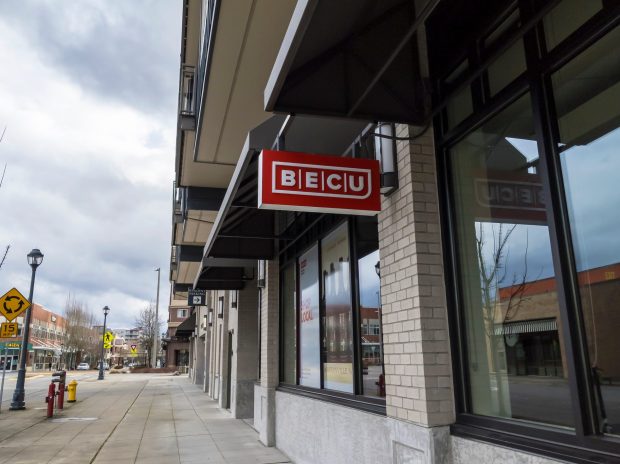BECU on Meeting Member Demand for Frictionless Features and Experiences

Credit unions’ mission-driven, customer-centric reputations were once enough to ensure survival, but members have spoken: Without access to cutting-edge payment options and other digital conveniences, they might take their business elsewhere. In the latest “Credit Union Tracker,” BECU’s Thomas Hobbs explains how CUs can remain competitive in today’s climate.
Credit unions (CUs) have long made it their mission to focus on member satisfaction, but some of the key ingredients needed to keep members satisfied have changed over the years.
Access to mobile wallets, contactless payments and other digital conveniences has become more important to an increased number of CU members, making these features table stakes for CUs looking to retain member loyalty.
“We are seeing significant growth from what we believe is an already engaged debit and credit card member base,” said Thomas Hobbs, director of digital payments, business and fraud products at BECU, a credit union based in Tukwila, Washington. “One of our prominent wallets … saw a 50% year-over-year increase, and it’s double over what it was pre-[pandemic].”
Hobbs said that while some of the increase in the use of these contactless technologies could be attributed to the pandemic and concerns around safety, he and his colleagues are also seeing other trends that indicate a desire for frictionless payments, such as members making payments through cards kept on file and using various tokens.
“It is probable that if you look at the numbers, it’s a continuing trend,” he said. “As people get more accustomed to [and] more familiar with the technology, they feel it’s secure. They value the convenience of … using their phone, having contactless, one-click or automated billing. It’s hard to tell what the cause is, but I think there are multiple factors that are accelerating it.”
From Nice-to-Have to Must-Have
Contactless and convenient technology features such as these are a must-have for any financial institution (FI) trying to survive and thrive in the current economic environment.
“From our perspective, consumers are accustomed to robust digital experiences in all aspects of their lives,” Hobbs said. “And they expect the same from their financial service providers, like BECU. I think younger consumers don’t even think about it in terms of financial service providers. They just think of jobs done, they need done quickly and easily — and you could translate that into digitally. We view offering that full slate of digital experiences as critical not only to our members satisfaction and engagement, but also for our relevance going forward.”
BECU has rolled out mobile and digital wallets in response to this demand, as well as support for external apps such as Apple Pay. Additionally, BECU is continuously evaluating new technologies, services and products to offer its members to stay competitive in today’s market.
According to Hobbs, this has helped keep members engaged and satisfied with BECU, and automated features have removed a major cause of friction. He cited an example of a member taking a photo of a payment card and having the numbers on it autopopulate, preventing manual entry when setting up a digital wallet.
“Anything that automates that is fantastic,” he said. “Any steps you can take away from [members], … basically taking the friction out everywhere you can, those would be the features members value most.”
The Future Is Frictionless
As consumers increasingly expect convenience, they are likely to expect even more ease when paying for goods and services, Hobbs said. He also believes that the next steps in innovation will be to move payments away from cards or even mobile phones and toward even more technologically advanced options, such as biometrics, and he added that Mastercard has developed facial recognition software to use in payments and that Amazon is piloting palm scanners at certain Whole Foods locations. Additionally, some companies in the U.K. have opted to have payment chips sewn into clothing while others have created jewelry, such as bracelets or rings, that carries payment information, according to Hobbs.
“There are multiple opportunities,” he said. “It’s not for everyone and it’s not for every use case, but you know, certainly [there] are places and times where having that convenience … can be really useful.”
As payments become increasingly ripe for automation, CUs would do well to embrace these technologies and prepare for a world where payments happen seamlessly, digitally and without contact. It is, after all, what members want — and satisfied members are engaged members.
“We see continued growth in this space,” Hobbs noted. “As I said, the convenience is there. We see a desire for automation. We see a desire for less friction.”
